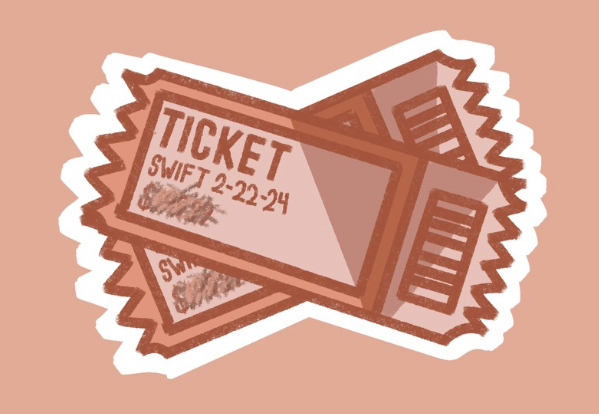Cherry Hill East should implement independent reading time

High school students should have the opportunity during class to read an independent book of their choosing.
As a bright eyed fifth grader with a thirst for imagination, the magical world of Hogwarts or the adventures of the Mysterious Benedict Society, fueled my love to not only take in stories but also write my own. Every flip of a page was a flip of excitement with renewed love for characters I found myself in through the pages of several novels. Reading was what I did to enjoy myself and further my appreciation for the art of storytelling.
But as middle school and the early days of high school went by, instead of my eyes brightening at the idea of reading a new book, they rolled and darkened. Every page did not bring excitement but brought frustration. Instead of getting lost in characters and magical words, I got lost in assignments and page numbers for the hope that books would finish, and with that, I lost my love for reading.
To motivate reading beyond classroom texts and assignments, independent reading time where students can choose what book they want to read should be allotted at Cherry Hill East.
According to a report conducted by the publisher, Scholastic, with more than 1,000 children from ages 6 to 17, only 31% of students read for fun everyday. A pattern found in the report was that for students in higher grades from ages 12 to 17, the difference between frequent reading and infrequent reading, came from if their school offered them time to independently read.
Since students will be able to choose the books they are drawn to during this independent time, they will rediscover the beauty of reading. Allowing students to choose their own book fuels the dying flame of love for reading while also greatly improving reading skills.
“For us, choice is key . . . When you let kids choose the books they want to read, they’ll be voracious readers” said Kyle Good who is a spokeswoman from Scholastic.
For schools that have tried to implement independent reading sections, there were some problems reported.
Valerie Strauss, a teacher who had Sustained Silent Reading (SSR), or independent reading time, in her classroom wrote that “SSR cut deeply into instructional time at the high school level where classes were only 45-50 minutes in length.”
However, if English classes had even only 15 minutes of this independent reading time it can make more of an impact than 50 minutes of reading and analyzing, because reading will be rediscovered and relished rather than getting lost to Spark Notes and annotations.
Another problem that could arise is that people are choosing books that aren’t appropriate grade levels or are too simple for them. One way to address this problem is for English teachers to give suggestions of books or meet with students to see what book they are reading to ensure they are reading books within their grade level.
English teachers would also need to take an active role in monitoring students to ensure that they are reading instead of doing other tasks such as studying. After years of dismissing reading, students might need help from teachers to understand the immeasurable value in the pages of a book.
As I look back to my days as a fifth grader, I recognize a passion for reading and storytelling that has not grown, but simply faded away into a tiring chore. The magical world of Hogwarts and the adventures of the Mysterious Benedict Society have disappeared amongst the world of Verona, Italy and tiresome analysis of Jane Eyre and Mr. Rochester’s relationship.
But even if it is only for fifteen minutes, having the time to read in school, can allow me to rekindle the love that grew five years ago from the simple, yet magical, power of storytelling.

Gia, a Print Editor-In-Chief, loves stargazing, asking questions to strangers, and wandering in bookstores. Some of her favorite things include The Marginalian,...








